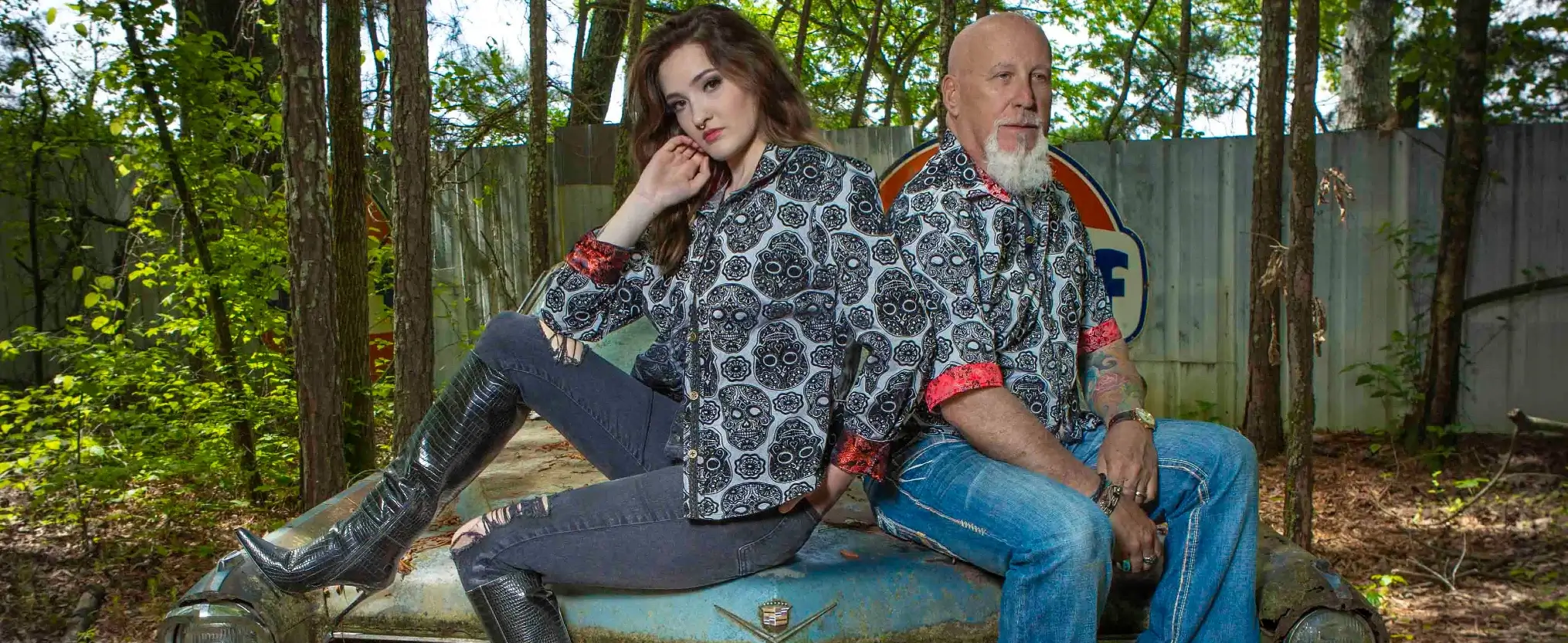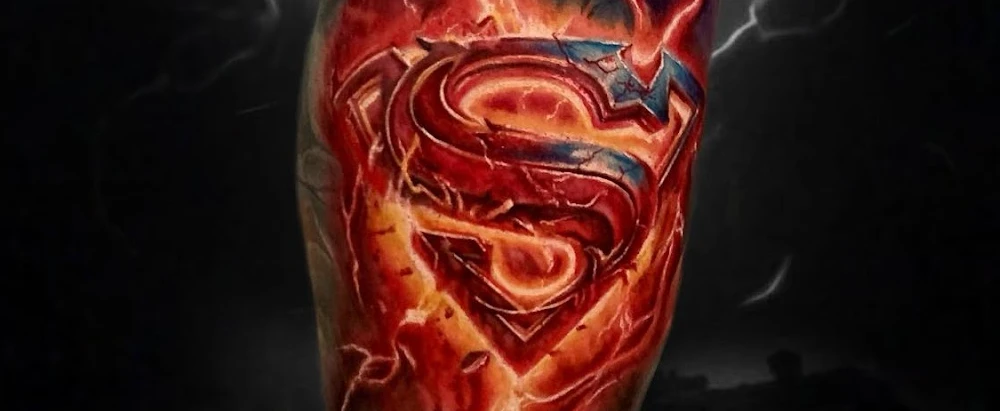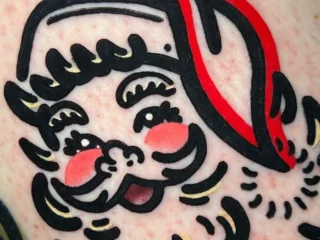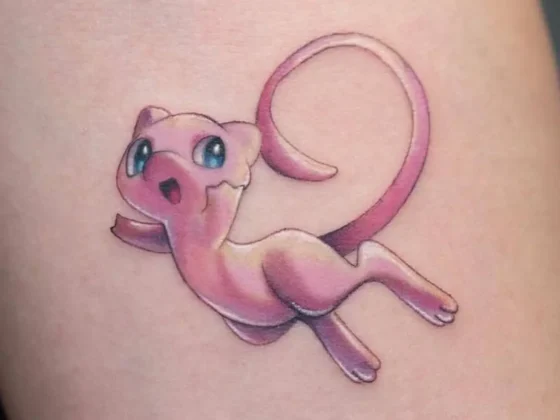Inked Mag Staff
May 12th, 2014
Carl Zimmer’s Unified Theory of Tattoo
“I happened to notice a tattoo of DNA on the arm of a neuroscientist and it got me to wondering if scientists are the sort of people who have lots of tattoos,” Carl Zimmer
“I happened to notice a tattoo of DNA on the arm of a neuroscientist and it got me to wondering if scientists are the sort of people who have lots of tattoos,” Carl Zimmer—noted science writer and author of Science Ink—explains. “I didn’t know the answer because normally I’m interviewing scientists when they are fully clothed.”
With his curiosity piqued Zimmer put out a call on his blog asking if any scientists with tattoos were out there and within hours he was inundated with emails of pictures proudly showing off science-related ink. Much to his surprise Zimmer learned that there was a plethora of scientists who were concealing tattoos under their long white lab coats.
“It wasn’t just the number of people who responded but the range and ambition of the tattoos that impressed me,” Zimmer says. “There were so many different fields of science represented and some of them told very complicated stories; stories that were complicated on a scientific level and a personal level.”

It’s a mistake to assume that people who are interested in the sciences don’t have an interest in the arts, just like it is shortsighted to assume artists don’t look to the sciences for inspiration.
“Art helps us to see and think about things within science,” Zimmer explains. “Through science we can get a deeper understanding about why art means so much to us. You have scientists that are looking for artistic expressions not just of science but of what science means to them; that strikes right at the heart of what art is.”
People within virtually every field of science have been inked with tattoos befitting their passions. This includes a tattoo detailing the KT Extinction that killed the dinosaurs, a backpiece of the gold plaque that was placed on Pioneer 10 and 11, and an accurate reproduction of an engraving of the brain by Greek scientist Herophilus. Some of the more common science tattoos are those of chemical symbols. Zimmer suspects the popularity of these is tied to the simplicity of the tattoos and the way they are able to contain a message only to the scientifically literate; to some the tattoo will look like a bunch of lines with letters but to those in the know it will be the chemical compound for caffeine.

There was one very specific tattoo that Zimmer encountered multiple times that surprised him a great deal.
“I wouldn’t have even guessed that someone had a tattoo of Darwin’s sketch of the Tree of Life but it turned out that I had five or six of them sent in from people,” Zimmer says. “I learned not to try and imagine what’s out there in the world of tattoos.”

Like a true scientist Zimmer states that he doesn’t have the statistics to give a definitive answer as to which branch of science boasts the most inked scientists, but he does have a working theory on the subject.
“I would say that a lot of marine biologists have tattoos and that probably goes along with them basically being the pirates of science,” Zimmer says with a chuckle. “A lot of drinking on voyages and making some radical decisions when they return to land contributes to that.”
While Zimmer has developed an appreciation for tattoos and an interest in the history of the art through the project don’t expect him to be getting inked any time soon. He likens his work to that of an anthropologist; while he may have a keen interest in the tattooed, one shouldn’t necessarily assume that he is in a rush to get one himself. Of course, a distaste for needles may also play a role in his decision to remain inkless. Still, Zimmer has put some thought into what a tattoo of a string of amino acids connected to spell out his wife Grace’s name would look like.
Zimmer’s as-yet-unrealized idea for a tattoo combines personal meaning with scientific ideas much like many of his favorite pieces within Science Ink. The best of the tattoos not only look good but also lead to discussions that allow the owners of them to educate people who may have never thought much about science in the first place.

“An astronomer with a constellation tattooed on his back told me that when he is at the beach people come up and ask ‘Hey, what’s that?’” Zimmer says. “He’ll explain that it’s this constellation and the other person more often than not starts talking about astrology. Then this astronomer will explain the difference between astrology and astronomy and why those stars are not something he looks to in order to figure out what will happen next week.
“Instead he studies the stars that are in that constellation to learn about how stars are born, how they grow, and how they die. Literally, these tattoos are leading to astronomy lessons on the beach.”
Editor's Picks
Bridging Classical Art and Modern Tattooing
Esteban Rodriguez brings the discipline of classical fine art to the living canvas of skin, creating hyper-realistic tattoos that merge technical mastery with emotional depth.
Show Your Ink Fashions Brings Custom Style to Tattoo Culture
Show Your Ink Fashions creates custom shirts designed to showcase your tattoos as wearable art, blending fashion with personal expression.
The Ultimate “Superman” Tattoo Roundup: Just in Time for Superman’s Return to Screens
With Superman’s big return to theaters, fans are revisiting some of the most iconic ink inspired by the Man of Steel.














